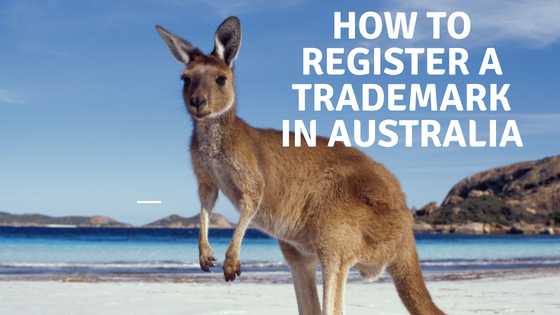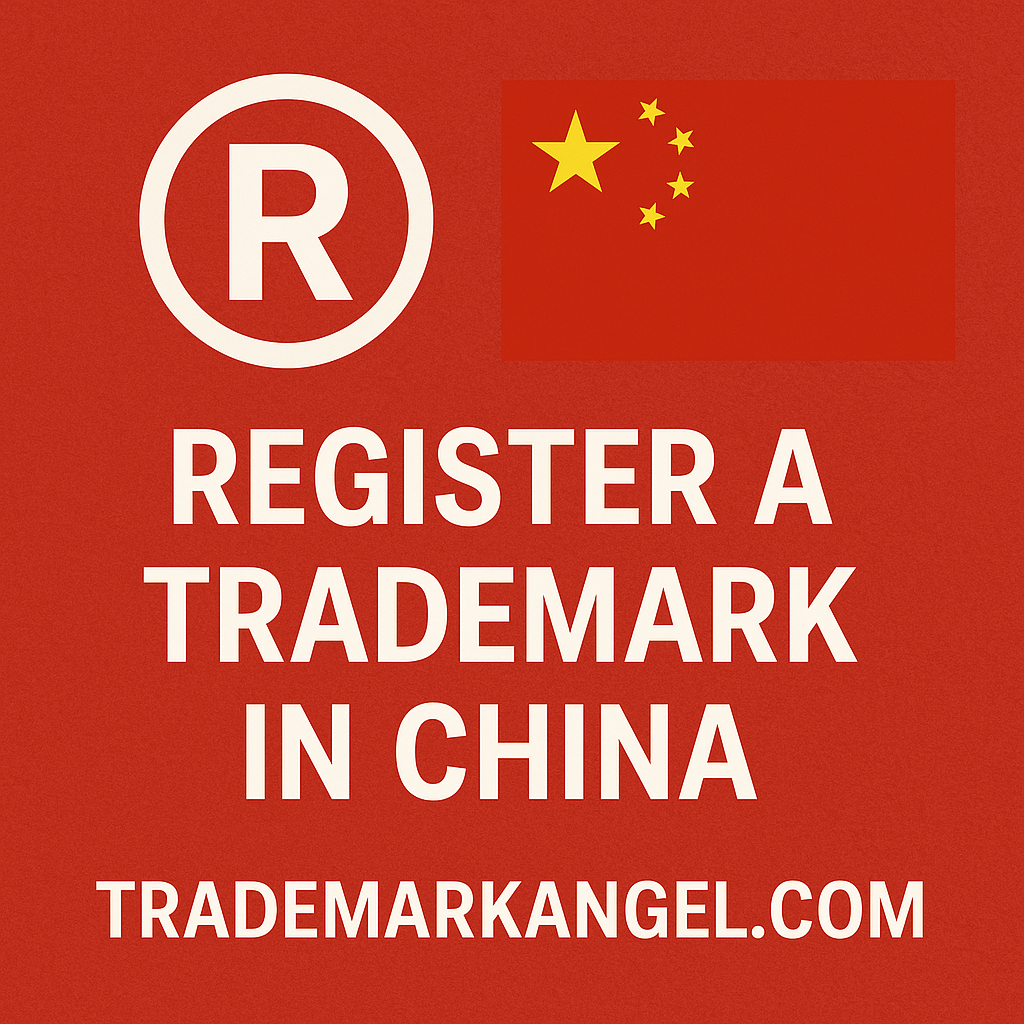
Trademark registration in Australia: how to register a trademark in Australia?
How to register a trademark in Australia
The purpose of filing a trademark in Australia is to give you the exclusive rights in Australia to use a name or logo or combination of both in relation to goods or services that you supply in Australia.
There are four main steps you need to take to register a trademark in Australia. We advise the following trademark registration process to most people, but if you require a Headstart application, the process is slightly different.
Step 1. Complete a trademark search
Before filing your application for a trademark in Australia, a thorough trademark search should be completed.
A thorough trademark search will improve your chances at successfully registering a trademark in Australia.
A trademark search will ensure that your preferred name/logo/combination is not too similar to other trademarks registered in Australia. If your trademark is too similar you will not only have issues when it comes to registering your trademark in Australia but you might also face opposition or office action from IP Australia because of infringing on another businesses rights.
We recommend that even if you have been operating under your current ‘branding’ for some time that you conduct a thorough trademark search. Given that the registration of your trademark in Australia can take several months and is a non-refundable process, we recommend that you conduct a thorough trademark search before filing an application to ensure your trademark is available. This process will reduce the risk of an unsuccessful application process.
Step 2. Filing the application and choosing classes
As your trademark (name, logo or combination of both) will be used exclusively to provide either goods or services in Australia, you need to advise IP Australia of what those goods or services are.
All goods and services fall into ‘classes’ that this international agreement has outlined. There are 45 classes in total, the first 34 cover goods and the last ten services. When you register a trademark in Australia you need to outline which of these classes your goods or services fall into.
Step 3. Examination of your trademark application
Once your application is filed IP Australia must examine all of the details to ensure that the basic requirements are met and to ensure your trademark is registrable
This process can take up to six months. Once the examination process has been completed we will receive either a notice of acceptance if the trademark has been approved or an adverse report if there are any issues found with the trademark.
Step 4. Advertisement of your trademark
Once IP Australia has approved your trademark application your trademark will be advertised in Australia’s ‘Official Journal of Trademarks’. The public will then have a period of two months to lodge an objection to your trademark application. If someone opposes your trademark they must file a statement that sets out the grounds and particulars that they are opposing your trademark on.
If nobody opposes your trademark in these two months your trademark will progress to full registration. This process will take up to 8 months.





